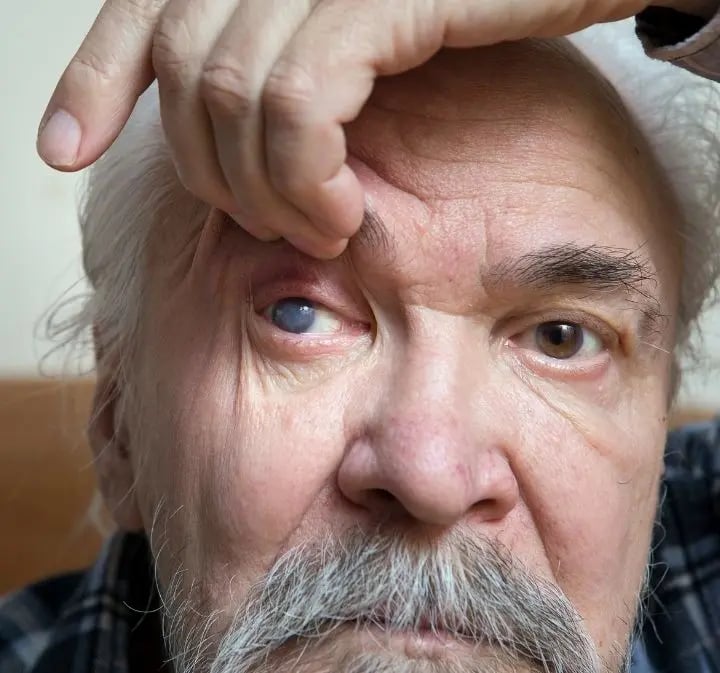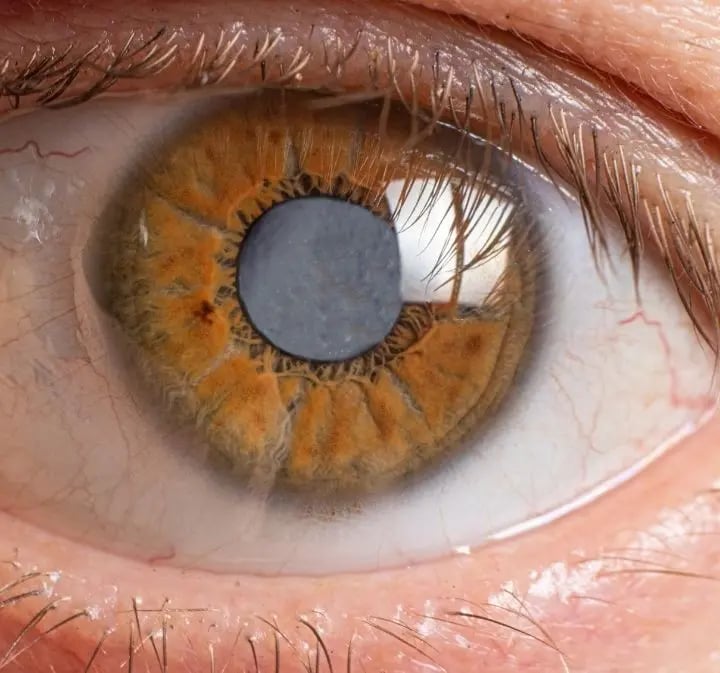Glaucoma


Glaucoma
Glaucoma is a "silent" disease, known as "the thief of vision", which directly affects the optic nerve, due to increased intraocular pressure due to lack of aqueous humor drainage. Glaucoma is the second most common cause of blindness in the United States and if not detected early, it can lead to progressive and irreversible deterioration of the visual field.
Initially, the patient does not have pain, symptoms or changes in their vision, but later, they may present what is known as tubular vision, described as the sensation of seeing through a tube.
Causes: There are many factors that can contribute to the appearance of glaucoma. For example, high eye pressure is the most important. In most cases, the elevation of ocular pressure is secondary to a difficulty in eliminating aqueous humor (intraocular fluid).
Procedure: In general, eye drops can control glaucoma, but if it is very advanced, filtering surgery is recommended, known as trabeculectomy, which allows the aqueous humor to escape from the eye, with the consequent decrease in elevated intraocular pressure. Ultimately, valves or implants are used that have a silicone tube, which is introduced into the eyeball, to facilitate the drainage of the aqueous fluid. Argon laser treatment (laser trabeculoplasty), helps medicines lower eye pressure. The Yag laser (laser iridotomy) opens a hole in the iris, to allow the circulation of the aqueous humor. In no case is it possible to reverse the already established damage and improve the patient's vision.
How fast does glaucoma progress?
Glaucoma is an eye disorder that can damage the optic nerve and cause vision loss. There are several types of glaucoma, and the rate of progression can vary depending on the type and severity of the disorder.
Open-angle glaucoma (also known as chronic glaucoma) is the most common type and usually progresses slowly, with symptoms that may not appear for many years. In some cases, vision may remain stable for years or even decades, but in other cases it may progress more rapidly.
Angle-closure glaucoma (also known as acute glaucoma) is less common but more serious, as it can lead to rapid vision loss and even blindness if left untreated. Symptoms of angle-closure glaucoma usually appear suddenly and can include eye pain, blurred vision, and nausea.
It is important to detect glaucoma as soon as possible and start treatment to prevent vision loss. Glaucoma treatment often includes eye drops, oral medications, or surgery to lower intraocular pressure. If detected and treated early, glaucoma can be controlled and vision loss prevented or delayed.

 Pay your appointment
Pay your appointment

